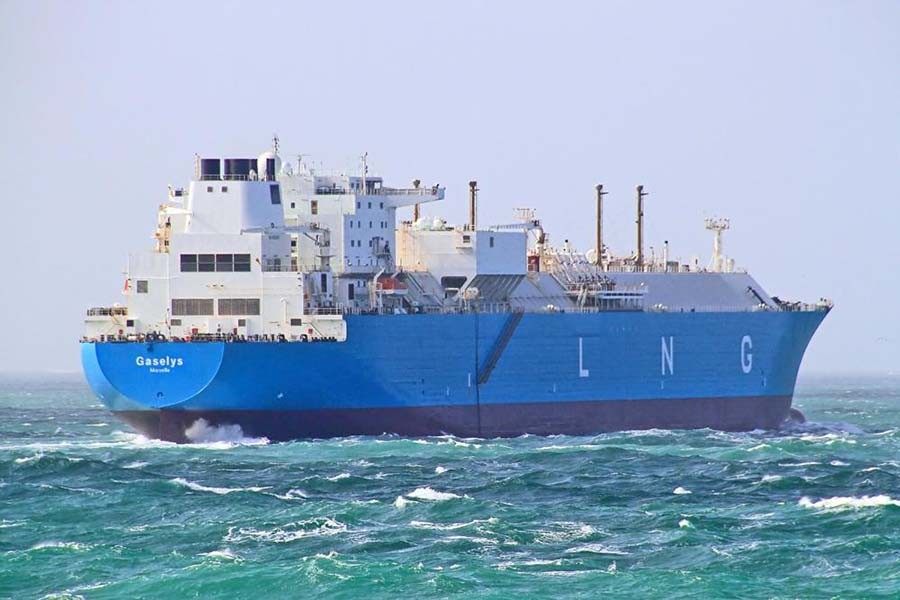
Published :
Updated :

Global trade in liquefied natural gas (LNG) continued to expand in 2017, while Asian countries led the growth, the US Energy Information Administration (EIA) has reported.
The global trade in LNG reached 38.2 billion cubic feet (about 1.1 billion cubic meters) per day in 2017, a 10 per cent increase from 2016 and the largest annual volume increase on record, the EIA said.
Australia and the United States were the largest exporter countries, the EIA reported citing the Annual Report on LNG trade by the International Association of Liquefied Natural Gas Importers (GIIGNL).
In 2017, there were 19 LNG exporting countries and 40 LNG importing countries. Besides Australia and the United States, several other countries also increased LNG exports in 2017.
The Asian countries led the growth in global LNG imports, accounting for 74 per cent of the increase in 2017. Japan remained the largest LNG importer in 2017, reports Xinhua.
China had the largest growth in LNG imports globally and became the world's second-largest LNG importer in 2017, surpassing South Korea. LNG imports also increased in South Korea.
Europe increased its LNG imports, primarily in Spain, Italy, Portugal, France, and Turkey, said the report on Monday.
LNG imports in South America (Brazil, Argentina, Chile, and Colombia) remained essentially unchanged from 2016.
In North America, Mexico's LNG imports increased by 17 per cent as the country continued to rely on LNG supplies amid declining domestic production and construction delays in infrastructure connecting the Mexican domestic grid to natural gas pipeline exports from the United States.
LNG imports into the Middle East declined by 9.0 per cent, primarily to Egypt and the United Arab Emirates.
Growth in LNG trade was driven in part by new liquefaction capacity commissioned in Australia, the United States, and Russia.
The world's first floating liquefaction plant, Malaysia's PFLNG Satu, was also commissioned in 2017.


 For all latest news, follow The Financial Express Google News channel.
For all latest news, follow The Financial Express Google News channel.